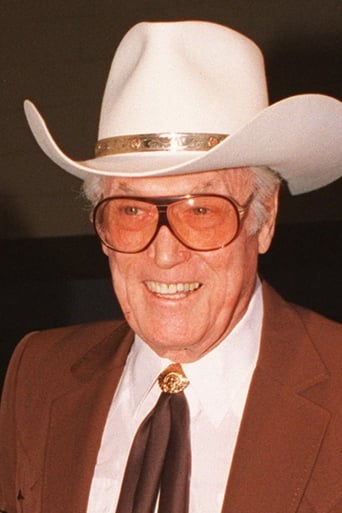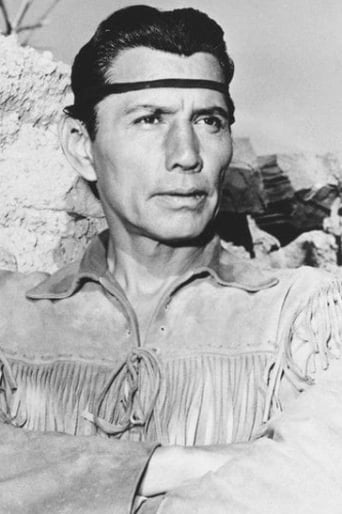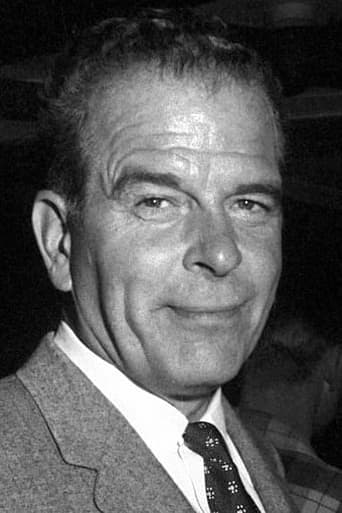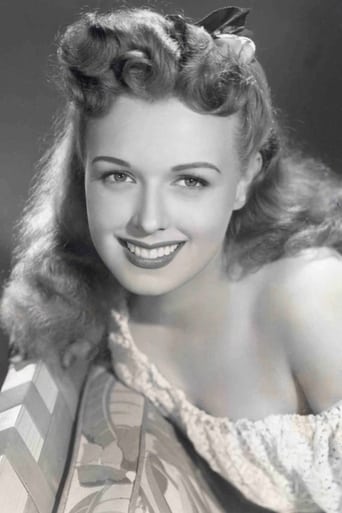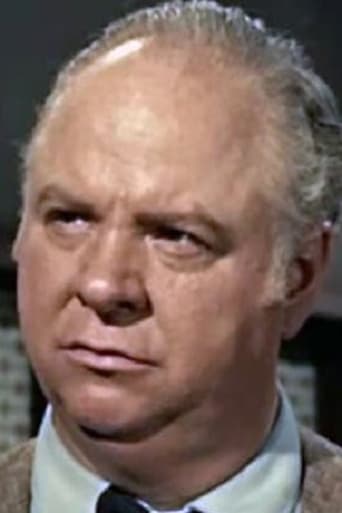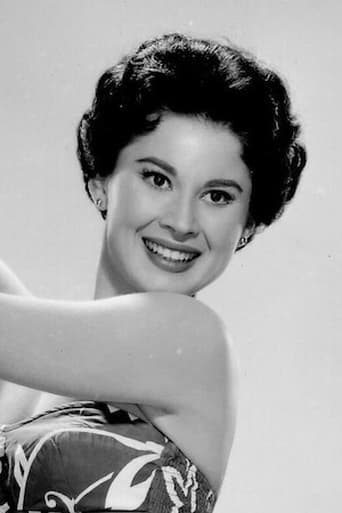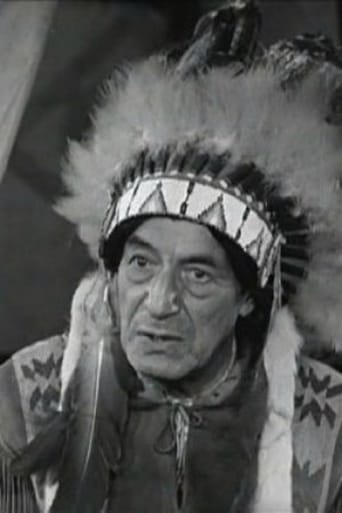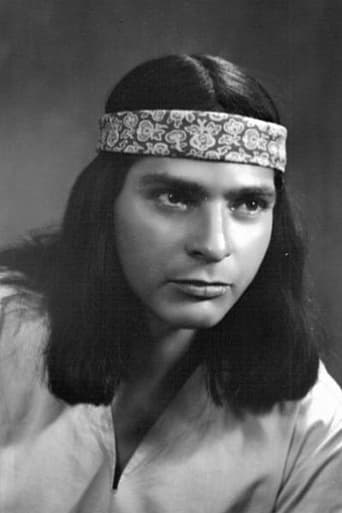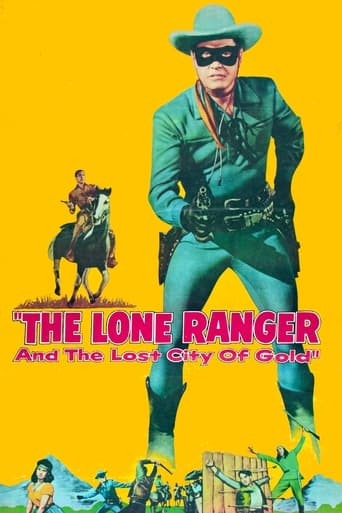
The Lone Ranger and the Lost City of Gold
June. 04,1958 NRThree Indians were brutally murdered by a gang of hooded outlaws. Each one possessed a silver medallion, which were sections cut off from a large silver plaque which served as a treasure map to a secret location where a large amount of gold is reputedly stashed. Two more medallions are unaccounted for, and the The Lone Ranger and his friend Tonto must use all their resources to intercept the gang, prevent further carnage and save the owners of the medallions.
Similar titles
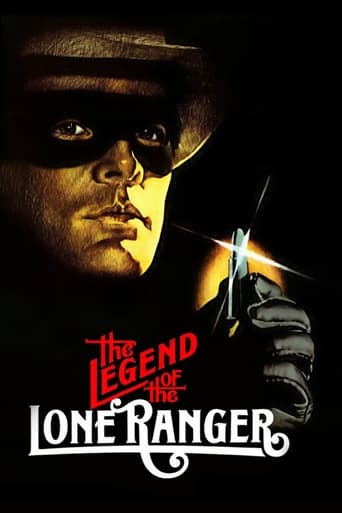
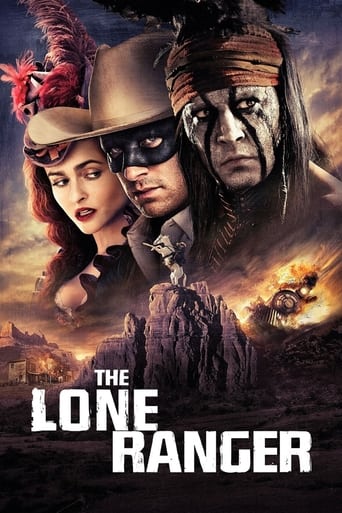
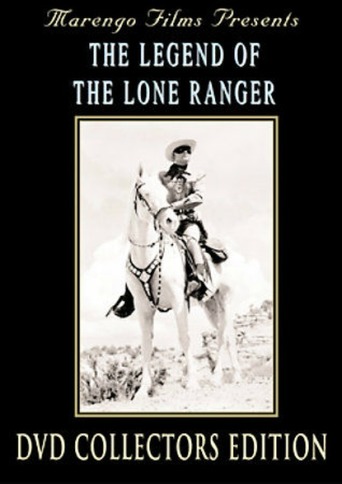
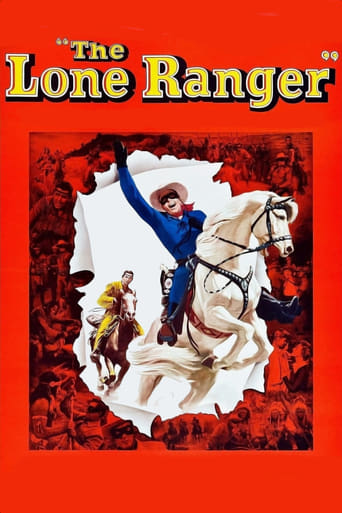
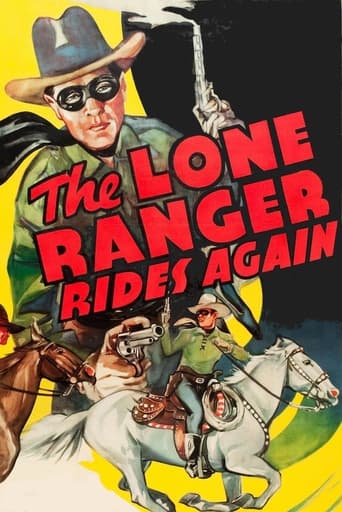
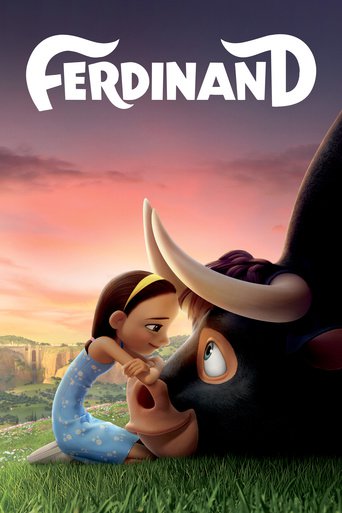

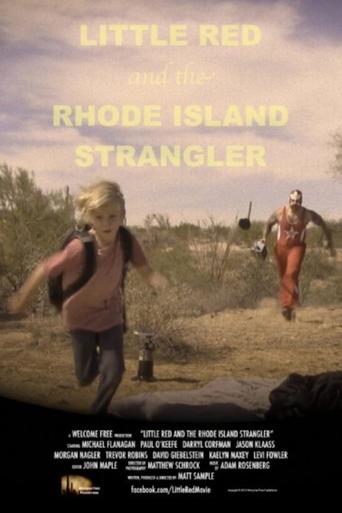
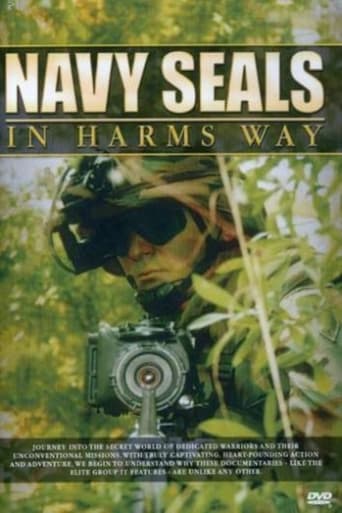
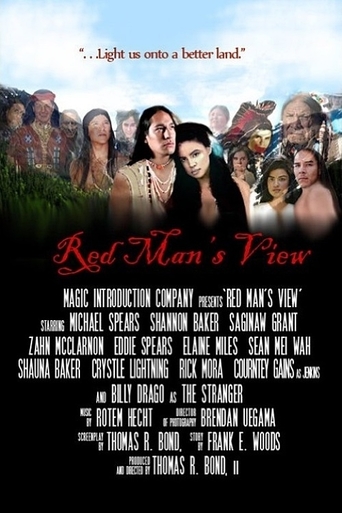
Reviews
Thanks for the memories!
Good movie but grossly overrated
Admirable film.
All of these films share one commonality, that being a kind of emotional center that humanizes a cast of monsters.
I really enjoy watching old movies/TV shows like this. They're cheesy and it's very easy for us to poke fun at the melodrama and obvious twists, but they're a throwback to when people weren't so critical of entertainment and just enjoyed seeing moving pictures, cowboys, Indians and a very clear good vs bad story. There was no anti-hero. No muddied waters. Good was good. Bad was ham-fistedly bad. And the day was always saved. The acting isn't great, but fits well with the melodramatic feel of the movie. I haven't seen a lot of the 1950's Lone Ranger TV show, but I was surprised at how little the Lone Ranger was used. He is a very one-dimensional character and all the development he ever gets is the opening credits where we hear about how he became the Lone Ranger and that He rides for justice. Maybe it's a good thing that he didn't have a lot of screen time, because you can't do a lot with that character. Instead, Tonto and other more dimensional side characters get more screen time. The movie deserves props for trying to handle a story line that deals a bit with racial relations between the Native Americans and the white man. It's a bit clumsy and wouldn't pass muster today, but it's cool to see such a story in 1958.
The Lone Ranger was one of my childhood heroes, and I never missed a chance to catch his adventures on Saturday morning re-runs during the mid 1950's. Somehow however, this film got by me until I had a chance to catch it today courtesy of my local library. I was struck by a number of elements during the story, as right from the start, you have a new Lone Ranger theme song before you hear the traditional opening used on the TV show. The adventure uses Tonto (Jay Silverheels) in a nicely expanded role, even though he takes his share of lumps throughout, getting beat up and shot more than once. Perhaps most interesting of all, the Ranger actually shoots to kill in a couple of situations, putting his character at odds with the vision created for the TV series that he would never use his weapon to kill, only to wound or to protect himself and others. Aside from that, you have a fairly traditional Western adventure. The Ranger and Tonto come to the aid of an Indian tribe whose members are being murdered by hooded raiders attempting to track down five medallions that together, form the key to a fabulous treasure. Interestingly, the leader of the bad guys is an already wealthy woman, disarmingly portrayed by Noreen Nash. Her top henchman is played by Douglas Kennedy, and it was no surprise to see Lane Bradford as one of the baddies. Bradford's character was one of the men shot by the Lone Ranger, which got me to thinking how many times that might have happened in the TV series. A quick check revealed that he appeared in 'The Lone Ranger' show fifteen times, while Kennedy appeared a total of six times. What might be most interesting of all about the picture is it's attempt to portray Indians in a revisionist light at a time when TV and movie Westerns were still largely portraying the red man as an illiterate savage. The character of Dr. James Rolfe (Norman Fredric) is the most revealing in that regard; he's an Indian who attained an education and went on to become a doctor, returning to the land of his tribe to tend to the needs of all it's citizens. For purposes of the story, he had to impersonate a white man to be accepted by the local ranchers. This was the hardest thing for me to accept about the story line actually, as Dr. Rolfe was the grandson of the elderly Chief Tomache (John Miljan). That no one in the story except Paviva (Lisa Montell) knew that he was really an Indian was something of a stretch for me. I suppose it was possible that he left the tribe at an early age, but without that back story fleshed out, it didn't make sense to me that no one else from the tribe would know who he was.I don't know why I'm intrigued by this so much, but after watching and reviewing over two hundred Westerns on this site, I've suddenly come across three films in the past month that utilize a blanket pull gimmick like the one performed by Tonto's horse Scout in this picture. Roy Rogers' Trigger did a similar stunt in 1952's "Son of Paleface", and I caught it again in 1958's "The Big Country" by a horse named Old Thunder in that flick. It's done as a bit of comic relief in a situation that wouldn't normally come up for a horse, and it now makes me curious when the bit might have been first done. I'll have to keep watching more old time Westerns. Not to be outdone, Silver had a chance to shine in the picture as well, making the save of an Indian baby that was about to be used as a hostage by bad guy Brady.Speaking of gimmicks, Clayton Moore borrowed a tactic from the TV series when he donned a disguise as a Southern gentleman to smoke out the villains posing as the hooded raiders. Whenever he would do so in the half hour format, it was always clever enough to hide his real features, usually with a beard as done here. One of the more interesting episodes I recall had to do with the Ranger impersonating an actor in the guise of Abraham Lincoln.Keep an eye out for a couple of goofs I spotted along the way. In an early scene at the opening, an Indian is shot by one of the hooded raiders, and in a close up, there's blood on his shirt but no bullet hole. Later on in the story, Ross Brady and Wilson ride up on the Indians after they've kidnapped one of the villains out of jail. Brady shoots him from a standing position to prevent him from identifying the raiders, but is immediately shown about to make his getaway on horseback with Wilson.
While I recall seeing the original Lone Ranger feature in 1956, I didn't see the second film, Lone Ranger and the City of Gold, until later on television. At the time of its release, I was in junior high school and had somewhat outgrown cowboy movies. However, when I did see it, I was astonished to see how violent it was as compared to the television version. First of all, you had Noreen Nash throwing a tomahawk into the back of Douglas Kennedy, who was running out on her. You may have seen that on television, but never on a show that featured a juvenile hero like the Lone Ranger. Also there is a scene, as depicted in the trailer on line, where the Lone Ranger turns and shoots a outlaw about ready to shoot him in the back. Ordinarily he (the Ranger) would have shot to wound, but not this time. The heavy takes a high dive off the roof. Tonto, although wounded, throws a knife right into the chest of an outlaw about to shoot the Ranger from ambush. It's true that the film helped to explain racial tolerance using a Indian doctor, posing as a white man, at a time when it would not have been feasible to take a stand against black and white relations, particularly since the film would have to be shown in the South. But these scenes of violence made one wonder where the censors were as far as protecting the image of the Lone Ranger. It was a very good film for its time and genre.
"The Lone Ranger and the Lost City of Gold" was the second of two features made in the 50s starring Clayton Moore as The Lone Ranger and Jay Silverheels as Tonto. Based on the long running TV series, this film was also produced in color by Jack Wrather. As in the previous entry, there is an excellent cast of veteran western performers. The "lost city" of the title is an old Spanish city of gold hidden away on Indian tribal lands. There is a five piece amulet that when assembled, will show the location of the treasure. The holders of the various pieces begin to turn up murdered by a gang of hooded riders and its up to our heroes to save the day. The baddies are led by Fran Henderson (Noreen Nash) whose chief henchman Ross Brady (Douglas Kennedy) does all of the dirty work. Finally, there is only one missing piece. The Lone Ranger disguises himself as a southern gentleman bounty hunter in order to gain Henderson's confidence. The old Chief (John Miljan) laments for his missing grandson who turns out to be the town doctor (Norman Frederic). Finally, The Lone Ranger and Tonto sort things out and deal with the villains. In addition to those mentioned, Lisa Monteil appears as an Indian maiden, Ralph Moody as the Padre, Charles Watts as the corrupt sheriff and Lane Bradford and Bill Henry as Kennedy's henchmen. Clayton Moore had been around since the late 30s, appearing in many "B" westerns and starring in several serials. By the time this film was made, he had become so identified with the Lone Ranger, that he never made another feature film. Jay Silverheels similarly came up through the "B" movie ranks and appeared in several Universal westerns in the 50s and the Glenn Ford western "Santee" as late as 1973.
Top Streaming Movies













